Cultivated meat will present a futuristic alternative to the callous, unwieldy and unnecessarily wasteful way animals are farmed today.
Animal agriculture is a major contributor to greenhouse gas emissions; it is driving up climate change, antibiotic resistance, deforestation and the resulting biodiversity loss. It is also an incredibly inefficient, as well as immoral, way to feed the planet. For example, in the United States alone, 56 million acres of land are used to grow feed for animals, while only 4 million acres are cultivated to produce plants for humans to eat.
In November, UN-aligned joined the voice of organisations like Oxfam and the WFP in warning against a hunger catastrophe already targeting millions of children and adults in the world’s most vulnerable places. However, for those in the wealthier part of the world who enjoy relative food security, an appetite for meat is expected to grow. Regardless of how one feels about meat consumption, it is certain that until immediate action is taken against the way we use animal products for food and pleasure, we will risk further damage to our habitats and endanger our survival on this planet.
While plant-based diets have gained a lot of popularity in the past years, one must remember that there are many ways to skin a cat (okay, maybe not the best expression to use in such a context).
Cultivated meat, otherwise known by its unappealing name lab-grown meat, has real potential to make our food more sustainable as well as ethical. Remember, we are talking about real meat, not fermented mushrooms or soy, but meat that has been grown in shiny silver vats without having been butchered from an animal. Many have already abandoned eating meat for ethical reasons, however, people are different. Some simply do not wish to abandon the taste of meat, so as far as solutions are concerned, meat without animal farming can be a significant win.
In terms of environmental impact, meat and dairy production wastes a huge amount of resources (land and water, in particular) for very limited returns. Cultivated meat on the other hand can be up to 20 times more efficient than traditional animal farming as it uses about 95% less land and thereby significantly reduces our carbon footprint.
So you can easily see that with cultivated meat one can kill an awful lot of birds with one stone; right, I need to stop doing this!
The basic science of growing cells in a lab is nothing new and has been known for quite a while. In the spirit of Veganuary, we thought of giving you an idea of how this technology works and when you can expect it in your local supermarket.
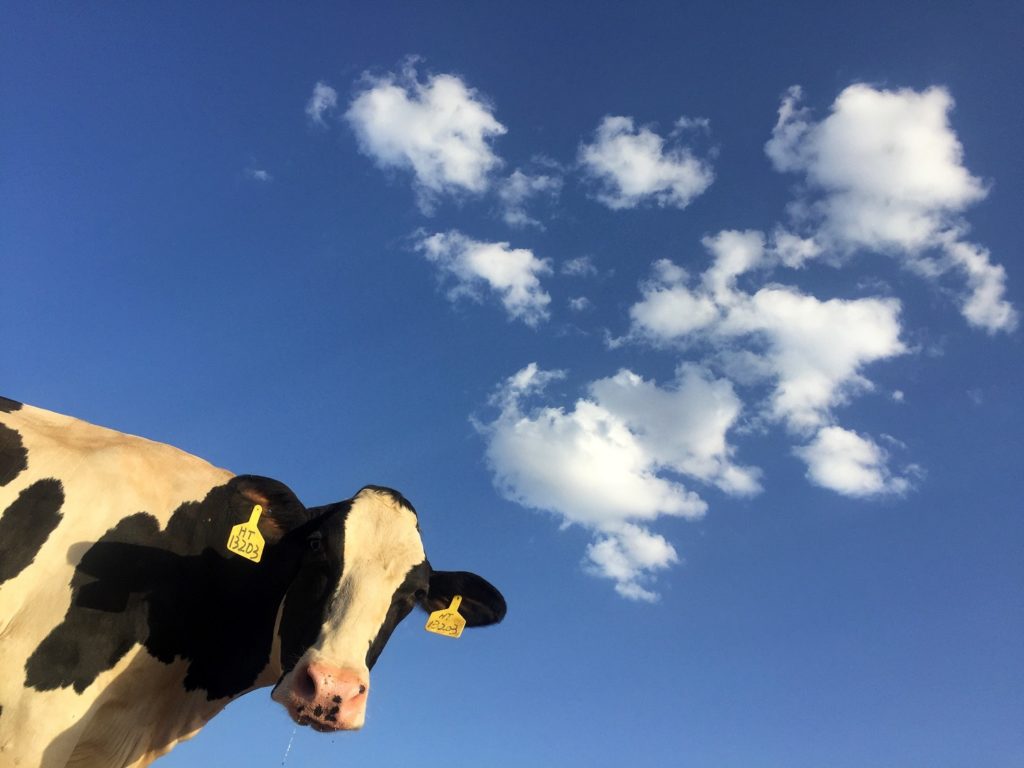
How is cultivated meat (lab-grown meat) created?
Cultivated meat is essentially the process of taking stem cells from a living animal and growing them in nutrient-rich conditions.
It all starts from extracting a small sample of cells from an animal; the cell samples can be taken from an animal in pain-free procedures such as skin tagging or simply taking a sample from their umbilical cord. These samples are then put into incubators, also known as tissue culture flasks, filled with a liquid containing nutrients, amino acids and all the good stuff that is required for the cells to grow. Once the cells are populated to a certain number, the liquid that is fed to them is changed in order to facilitate further cultivation. The cells will then continue to grow in proximity to each other in a natural manner into what are known as colonies. The temperature of the liquid will match the animal’s body temperature.
Depending on what kind of body part we wish to produce, different scaffoldings and biomaterial is used to support the cells’ growth. For this reason, final meat products that require less structure and are more congealed, like a burger or sausage, are easier to produce than say a piece of bacon or steak.
Since the $330,000 clean meat burger in 2013 we have come a long way. Throughout the years many new startups and businesses have joined the race to produce more diverse cultivated meat such as beef, duck, chicken nuggets and tuna.
In 2020, the price of cultivated meat has become more reasonable too. The World Economic Forum’s white paper on Alternative Proteins suggests that lab-grown meat can be made available with the price tag of $25 for one kilogram; this is a drastic improvement from that first eye-watering $330,000 burger.
When might it become available?
At the moment it seems that the biggest challenge facing the cultivated meat industry is cost and investment. Although the clean meat manufacturing sector continues to grow with the help of investors like Bill Gates, Richard Branson and prominent food companies, there is still considerable work required on many fronts. An increased scale in production, making the technology commercially available and lowering the cost of production are some of the challenges that we still face.
It is difficult to say when exactly the next cultivated meat burger will hit the shelves of your supermarket. The industry still needs continuous financial support and investments to be able to face up to the challenges mentioned earlier. Although there’s enough going on in the world to suggest that sufficient momentum is building up behind such a technology, companies still have to convince people this is something they want to eat. I often hear hilarious comments from people angered by the idea of clean meat, to which I usually reply: “you’re living in the past good man, keep up!”
Slaughter-free meat has become a growing trend. In 2019, astronauts produced the first meat in the International Space Station and in 2020, Singapore became the first country to approve the sale of a lab-grown meat product. The technology is certainly futuristic and promising, but as with every novel groundbreaking scientific development, it will create some new questions to think about.
Further moral questions arise…
With the development of lab-grown meat many new moral questions have sprung up for philosophers, artists and politicians to debate.
For example, is producing meat in a lab going to change the way we perceive life? How about cannibalism? If human meat can be available without the cost of human life, is it still considered cannibalism?
When the cultivated meat technology becomes perfect in its craft, it will have achieved a much cleaner and economically viable alternative to the old fashioned ways. The transition will be for our benefit, but also for the animals that we have abused throughout the years. However, how long will it take for cultivated meat to repair the damaged relationship humanity has to the nonhuman world?
Questions like these are provoking and necessary to explore. But at this very moment, they are not of much help. Factory farming causes animals to live and die in great pain each year. So far, our response has been almost total indifference and inaction. For this reason, we would like to invite you to join us in Veganuary; a campaign that encourages you to try vegan for January and possibly beyond.

